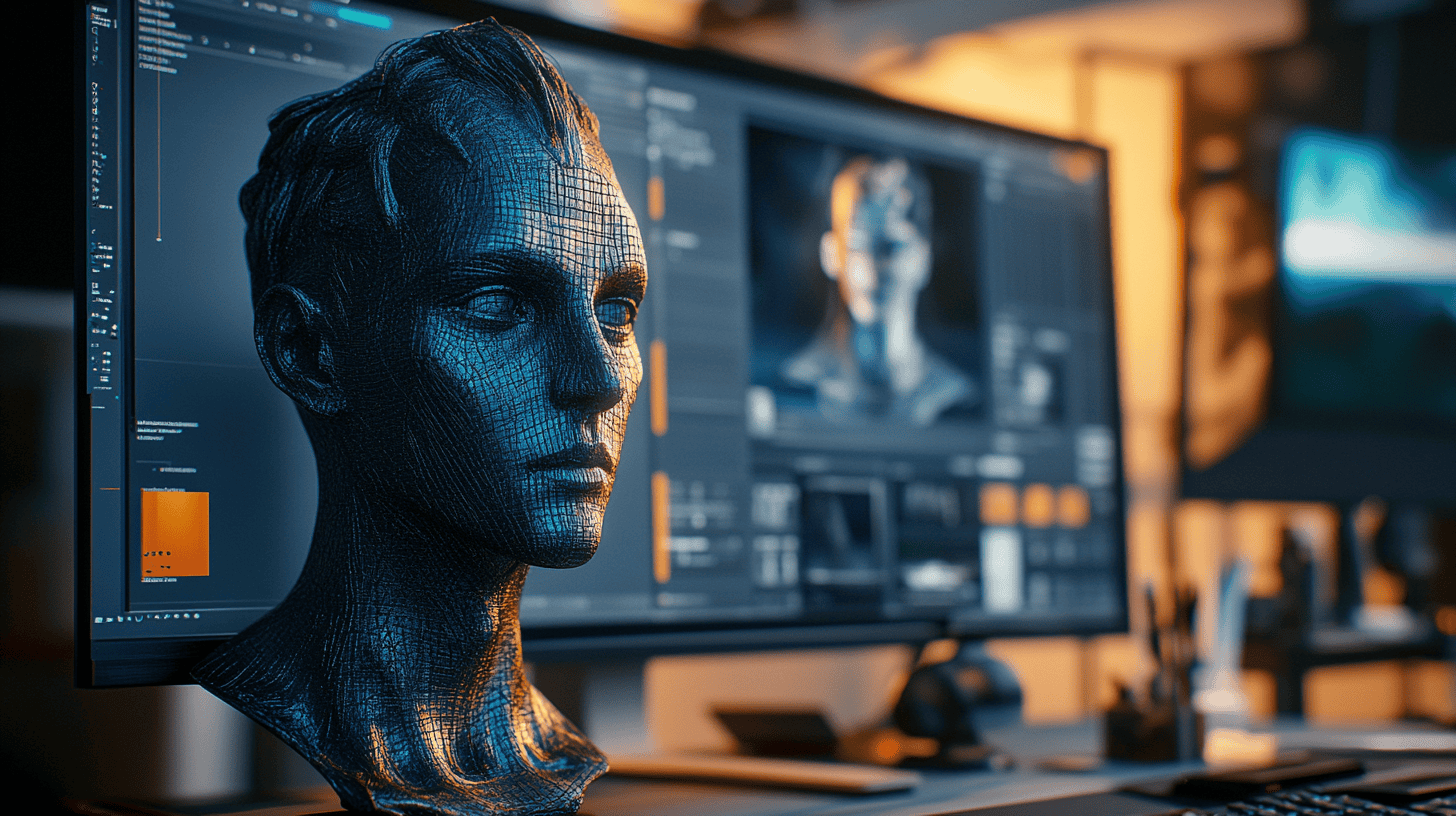
As a patent attorney, I often encounter designers who have wonderful, innovative ideas but are not very aware of the importance of intellectual property (IP). I regularly see this, especially during events such as Dutch Design Week. Designers spend months, sometimes years, creating something unique but forget that protecting their work is just as important as the design itself.
Intellectual Property
In a series of blog posts, Marco Coolen provides insight into his work as a Dutch and European patent attorney at AOMB. The common thread is the importance of paying attention to intellectual property and acquiring the best possible negotiating position.

The other day, I spoke with a talented designer who I met at the Piek Awards ceremony at the Philips Museum. She had designed a brilliant product for a company that wanted to market it. When I asked her if she had protected her design, she looked at me in surprise. It turned out she hadn’t even thought about it. This is a common problem among designers. They are so focused on the creative process that they overlook the business side, such as protecting their rights.
The right agreements
Fortunately, I was still able to help her. We sat down with the company she worked for and negotiated IP rights. Thanks to these steps, she got more value out of her design than expected. It’s a good example of how important it is to make the proper agreements before you bring something to market. It’s not just about patents but also copyright and design registrations. Sometimes a patent is not even necessary if you make proper arrangements, but you must know the rules to protect yourself.
Many designers are unaware that their work is automatically covered by copyright law. This provides a certain amount of protection, but it is often not enough if you are serious about marketing your product. Copyright protects the artistic side of a design but not the technical aspects. For example, if your design contains an innovative technical solution, you may need a patent to be fully protected. This is where things often go wrong; designers don’t know the rules and, therefore, miss out on opportunities.
The basics of IP
It’s also important to know that you don’t always have to apply for a patent to protect your work. Sometimes, good contractual agreements with your client or customer can be sufficient. This saves costs and prevents you from getting into legal conflicts later that cost a lot of time, money, and energy.
Designers should already be made familiar with the basics of IP during their education. Even if it is only a few hours a year, it could save them a lot of misery in their future careers. After all, everything they create falls under intellectual property. It is a shame that there is still so much ignorance on this subject.
So, to all designers reading this: don’t be surprised by legal complications. Protect what you create, make sure you know the rules of the game, and get the most out of your work. It can make or break your career.

